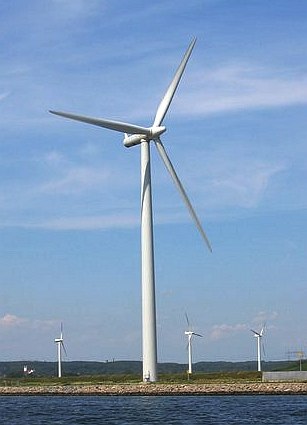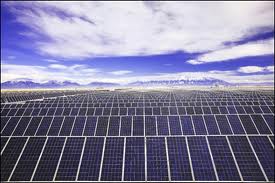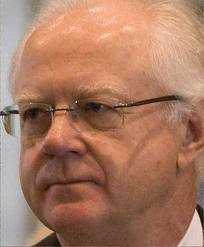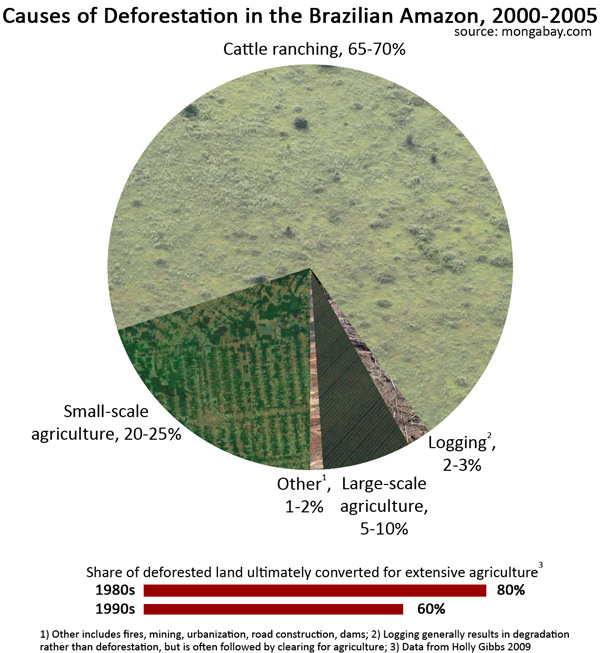The following contribution on a new Angelou Economics report showing positive economic impact to the state since 2009. is from Tod Wickersham of Businesses for an Energy Efficient Texas coalition (BEET).

Texas’ energy efficiency programs have saved the state’s residents, schools and businesses money on their electric bills for years. However, a new study by noted economist Angelos Angelou quantifies the employment and economic impact benefits of energy efficiency programs to the state of Texas. While utilities and their customers each have their own way to value economic impacts of energy efficiency investments, this study offers a different perspective, finding that between 2009 and 2011, energy efficiency programs in Texas created or retained nearly 12,000 jobs and generated an overall economic impact of $1.5 billion statewide.
When the Texas electric market was deregulated in 1999, the Texas Legislature recognized that energy efficiency provided Texans a valuable tool to lower the cost of energy and established energy efficiency programs administered by investor-owned utilities (IOUs). These successful programs were expanded in 2007 by the Texas Legislature and further expanded by the Public Utility Commission in 2010. Angelou’s study also recognizes additional economic, job creation and energy savings benefits that would result if these energy efficiency programs were further increased.
The nine IOUs in Texas currently are working to meet these state requirements through programs that offer financial and/or technical assistance to help customers be more energy efficient. As a result of these efforts, electricity demand in Texas was reduced by 240 megawatts in 2009 alone – enough energy to power 46,000 homes. Furthermore, in 2009 these programs provided nearly $55 million in annual savings for residents, businesses, schools and other utility users and reduced smog-producing emissions such as nitrogen oxide by more than 413 tons per year.
Angelou stated that while these Texas energy efficiency program findings are significant, there remains the potential for an even greater economic impact. His report states that 36 states are currently contributing a larger percentage of their capital to energy efficiency programs, resulting in increased energy savings and greater economic benefits. Texas’s current energy efficiency investments per capita are one-third of the national average, and less than programs in Iowa, Arizona, New Mexico, Oklahoma, Missouri and Mississippi.
Currently, the Texas Legislature is considering two bills, SB 1125 (Carona) and HB 1629 (Anchia), that would continue these successful energy efficiency programs. These bills are supported by many stakeholders, including businesses, environmental groups, and utility companies.
In the face of tough economic times, Texas’ energy efficiency programs provide a positive economic impact to the state, including saving Texans money, improving businesses’ competitiveness and creating jobs. This study provides additional evidence that continuing the state’s energy efficiency efforts is valuable to Texas.
To see the report click here

About Businesses for an Energy Efficient Texas coalition (BEET): BEET is a coalition of businesses seeking to improve Texas’ competitiveness, save Texans money, and create more Texas jobs through the implementation of energy efficiency projects and programs. BEET is also focused on educating Texas leaders about how energy efficiency programs, products and services benefit the state. For more information about BEET, visit www.BEETcoalition.org.
Read Full Post »













